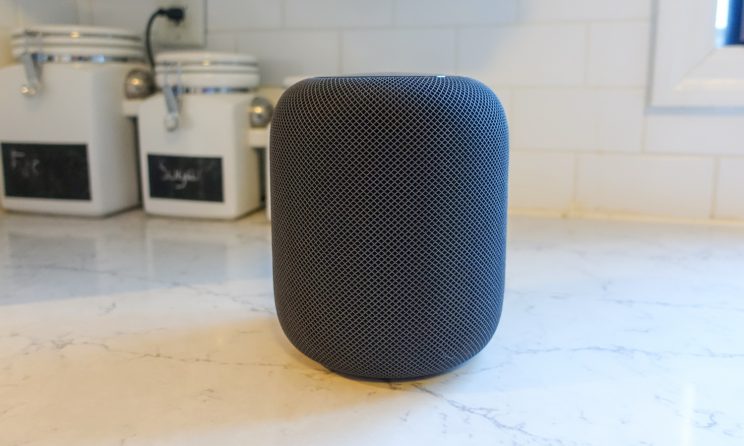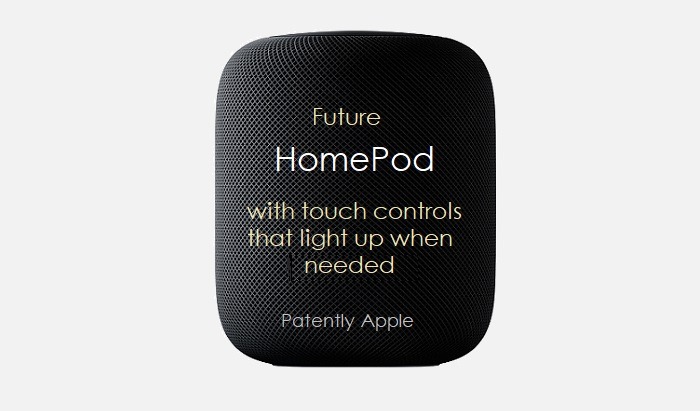
On March 5, the US Patent & Trademark Office circulated a patent application from Apple that is related to a future HomePod with touch-sensitive controls built into the fabric that may possibly light up to be visible whenever required as well as turn off it whenever it is not in use.
The patent for a “fabric-covered electronic device with a touch sensor” defines the touch controls with the help of using touch sensors that are placed in the fabric wrapped around the HomePod. The sensors also might comprise of capacitive touch sensor electrodes which consist of drive lines as well as sense lines.
Apple also notes that it might be quite difficult and challenging for enhancing the functionality of HomePod. For instance, it may be difficult to assimilate input as well as output devices into HomePod with a fabric layer.
Apple’s patent has also described how a touch sensor might be used for detecting touch input on the layer of fabric of a future HomePod.
On the other hand, the touch sensor may possibly consist of capacitive touch sensor electrodes comprising drive lines along with sense lines. Also, in some of the arrangements, the touch sensor is formed from conductive elements in the layer of fabric.

While in other arrangements, the touch sensor is also formed from conductive traces on a substrate. The substrate then may possibly be formed from several portions of the curved housing or might be formed from another separate layer. The control circuitry may, if wanted, activate and deactivate some of the touch sensor electrodes selectively for achieving a touch-sensitive region which has the desired shape.
The location of touch-sensitive regions in a dynamic arrangement can also be changed. For instance, the control circuitry may possibly selectively trigger as well as to deactivate portions of the touch sensor in order to create touch-sensitive regions along with non-touch-sensitive regions.
The arrangements, on the other hand, point out that the touch controls are going to blend in with the fabric, basically making them almost invisible to the eye except it is pointed out. Apple may possibly make these controls visible with the help of fabric that looks different from the wrap, or else by using components that can produce light.
In addition to that, the patent also defines that the touch-sensitive regions can also be fixed (static), which in simple words means that the complete touch regions are always going to be actively getting touch input; or changeable (dynamic), that means that some portions of the touch region can also be turned off for certain purposes.
Patent illustrations on the other hand also show that the touch-sensitive regions can also be shaped as media control symbols, such as a plus sign for simply increasing the volume or else a minus sign for simply decreasing the volume, among several other functions.
While the patent specifies that Apple is looking for making the HomePod a more functional, easy-to-use device, the patent, on the other hand, does not guarantee that the feature is going to arrive soon.






